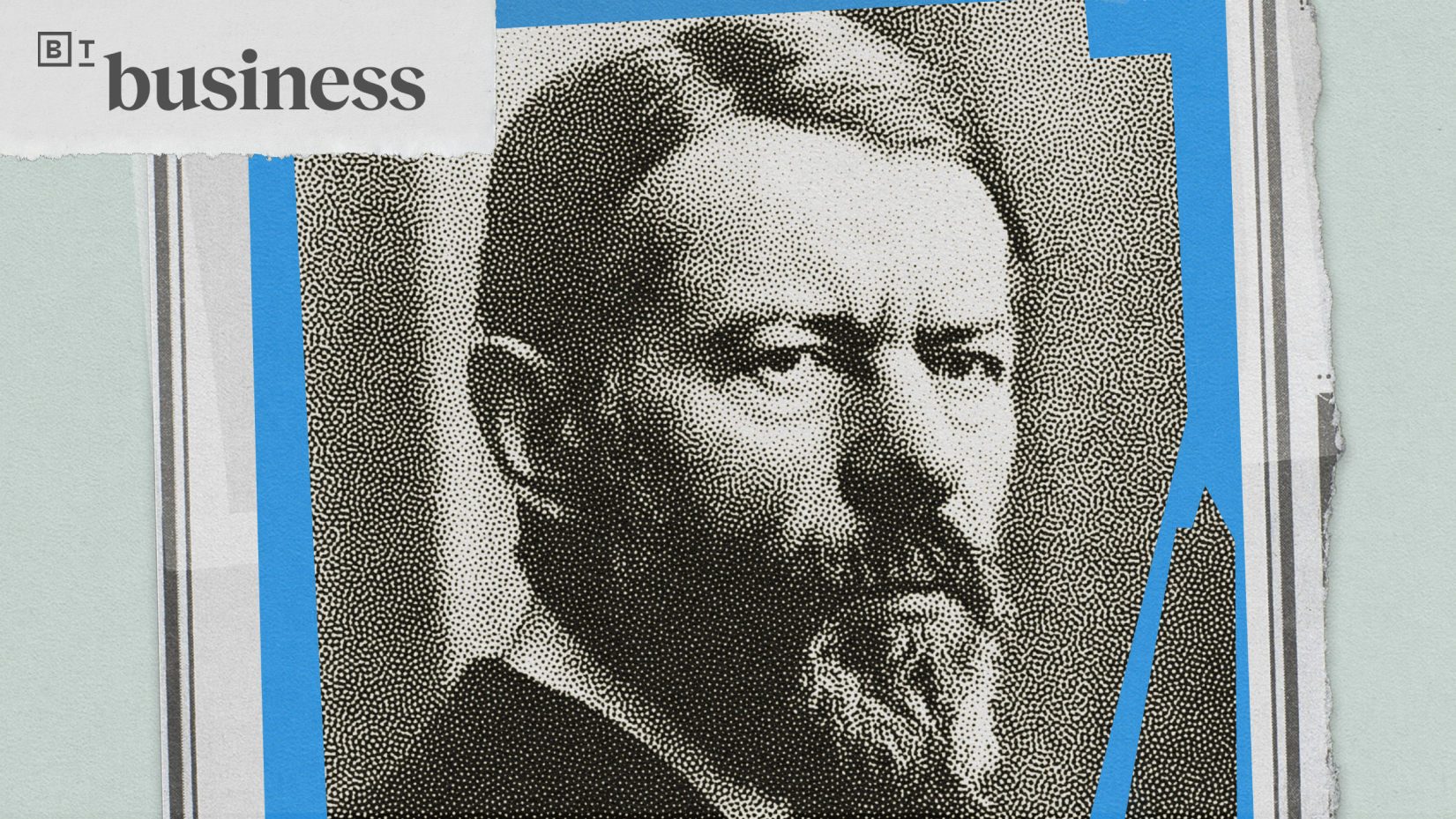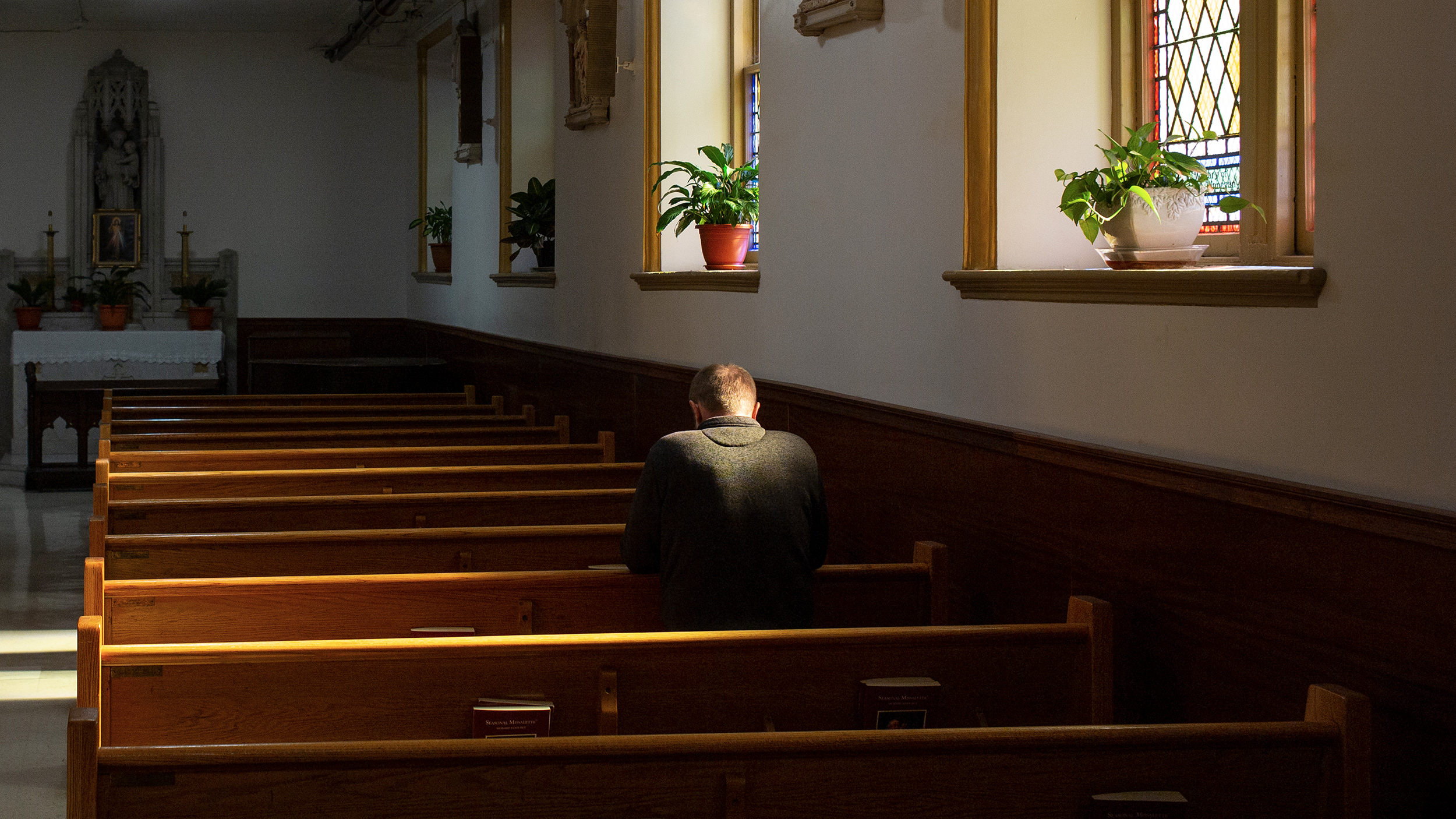Playing at religion

Religion often seems like a reflexively solemn pursuit. For many of us, our childhood memories of religion are populated by shushing grandmas and stern priests, or by the careworn expressions of the adults next to us in the pews. And in the wider world, religions of all kinds inspire strident commitments, launch wars, and generally take themselves very seriously—even as they also bind communities together and lend meaning to life.
For these reasons, the American philosopher and psychologist William James believed that religion “must be something solemn, serious, and tender.” It could not be lighthearted or frivolous. “If glad,” James wrote, religion “must not grin or snicker; if sad, it must not scream or curse.” Religion, from this point of view, is fundamentally restrained. It’s not a night out at a comedy club. It’s not a joke.
Yet religion’s very roots in our human species may be in, of all things, play. Humans are animals, and in animal terms, play is behavior that isn’t directed at any immediate, practical goal, like finding food or fighting off predators. When two tiger cubs wrestle, they’re not trying to win a territory or fight off a rival. Someday, they’ll have to hunt their own food and compete against real rivals, but not now. For now, they’re just playing. They’re taking a kind of “time out” from practical concerns, using their budding capacities for exploration, bonding, and pleasure. Hence, play emerges from what biologist Konrad Lorenz called a “relaxed field”—a setting where urgent biological drives take a backseat, letting relaxed exploration take the helm.
Like play, religious practices are also tangential to questions of immediate survival. In fact, by practical standards, religion can seem outright wasteful—every dollar spent on a church is a dollar that didn’t go to food or medicine, and every hour spent in the pews is an hour away from work. Although many religious communities devote money, resources, and time to practical causes such as social justice, charity and volunteering, religious services generally aren’t oriented toward solving practical problems; instead, people sing hymns, pray to invisible beings, and act out seemingly inscrutable rites. Religion may not be exactly fun, but it’s not exactly a grave matter either—at least not in the way that working or going to the doctor are. Like baby animals playing, religious worshippers are taking time out from the struggle for survival.
Sociologist Robert Bellah argued that this similarity between religion and play wasn’t just coincidence. Instead, he thought that proto-religious rituals and beliefs originally emerged from exactly the same kinds of relaxed fields that give rise to animal play. Religion, in turn, emerged from our evolving ability to imagine alternative worlds and act out those worlds—to make them real—through performance and ritual. Even in the modern world, our religious beliefs go hand-in-hand with regular worship and ritual performance. For example, one of the best predictors of religious belief in adulthood is having regularly witnessed and participated in religious rituals while growing up.
In other words, religion is a kind of next step in the evolution of play, since in humans, our ability to use language meant that play took on an additional dimension: we could imagine alternate worlds, which we could then communicate and share with one another. Far from being restricted to simple play-fighting, we could play make-believe.
Gathered around the fire at night, safe from predators and satiated by the evening’s meal, we could act out stories and legends, maybe in costume, using dance and song. We could pass down legends and tales of events nobody alive had directly seen. Thanks to our capacity for language, playtime for humans wasn’t just about roughhousing, relaxation, and exploration. It was about completely different universes, places and people that didn’t exist right in front of us, but which we could imagine and tell each other about.
The fact that many traditional myths are frightening and gruesome doesn’t count against Bellah’s claim. Play doesn’t have to be fun and lighthearted. For example, football is a game—the people on the field are players, after all—but its participants and fans often behave as if it’s deadly serious. Missing a key play during an important game can even have crushing professional and psychological consequences for players. But even when we take it seriously, football is still a distinct, separate world, marked out in space and time, where a special set of rules applies. That’s play.
‘Man the player’
The historian Johann Huizinga famously described humans as homo ludens—man the player—because so many of our social behaviors and institutions exhibit the telling features of play. Armies, sports teams, and governments alike feature boatloads of invented rules. They encourage competition but hem it in with fanciful constraints, and are built on foundations of imagination.
The military, an outgrowth of play? Absolutely—think of all the invented titles and shining insignias, the ostentatious parades, and the fanciful uniforms. Most of all, think of the endless rules: how to fold a flag properly, how to shine your boots just so, how to properly address a superior. Each of these rules is invented, made up. It’s not based on objective facts “out there” in the external world. Just like tiger cubs who, while play-wrestling, “agree” not to bite each other as hard as they really could, soldiers accept the invented rules of military life, placing artificial limits on what they do. Hence, what Huizinga called the “play element of culture” pervades military life, from war “games” to the “rules” of engagement to the garishly appointed dress uniforms, medals, and decorations that make military settings so paradoxically colorful.
One of the key features of play, Huizinga argued, is that it’s “set apart” from everyday life, both in space and time. The rules of football only apply during the game, and only within the boundaries of the football field. Similarly, the interiors of churches or temples are spaces where special rules apply. Anglo-Catholic parishioners might make the sign of the cross during the evocation of the Trinity, and kneel during confession. And of course, religious liturgy itself, in its structure and repetition week after week, is a kind of made-up rule or set of rules that only apply during the service. So, if you walk into a church service on a Sunday morning, you’ll see people moving their bodies and speaking in ways you wouldn’t normally see out on the street.
Another example is unique standards of dress and decorum within a church or temple during a service. You might walk around wearing threadbare cargo shorts in public all day, feeling perfectly socially acceptable. But if you forgot to change before Friday evening Shabbat services, you’d probably feel a little self-conscious sitting in the synagogue. Religious spaces, in other words, are like sacred circles—once you step inside, different rules apply.
Rituals made of rules
Finally, religious rituals themselves are made of rules. In a Vaishnavite Hindu temple, you might be expected to pour milk over a statue or icon of Vishnu. The icon would probably be surrounded by flowers. These things are conventions—someone puts flowers by that icon every day, and worshippers pour milk over it, because that’s what you’re supposed to do, not because any natural law dictates it. Similarly, the Eucharist in an Anglican church service typically adheres to a set pattern: the presiding priest breaks the communion bread immediately after—not before!—the group recitation of the Lord’s Prayer, which itself follows a set series of short call-and-response prayers. The sermon comes before the Eucharist, not after. Why? Because of tradition and convention, not any natural requirement.
Religion, then, is a social realm where the human ability to imagine alternate realities becomes paramount. Rather than natural laws and primary biological needs, our behavior instead becomes animated by collective imagination, socially constructed roles, and narratives that evoke fantastic images and ideals.
From a purely practical standpoint, religions—or at least religious worship services—are useless. But just like animal play is a kind of break from the struggle for living, so religion emerges from motivations and interests that fundamentally diverge from the strict quest for survival. Walk into a church, mosque, temple, or synagogue: the chanting, the singing, the swinging of incense censers—from an ethologist’s point of view, these things are clear expressions of play. They’re not tools for immediate survival. They’re fanciful explorations of alternate worlds. Religion is, then, a kind of serious game. Its omnipresence throughout human history and culture only supports Huizinga’s famous claim: “civilization arises and unfolds in and as play.”





